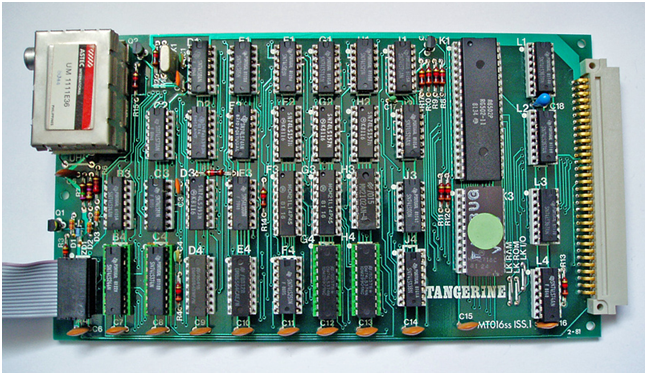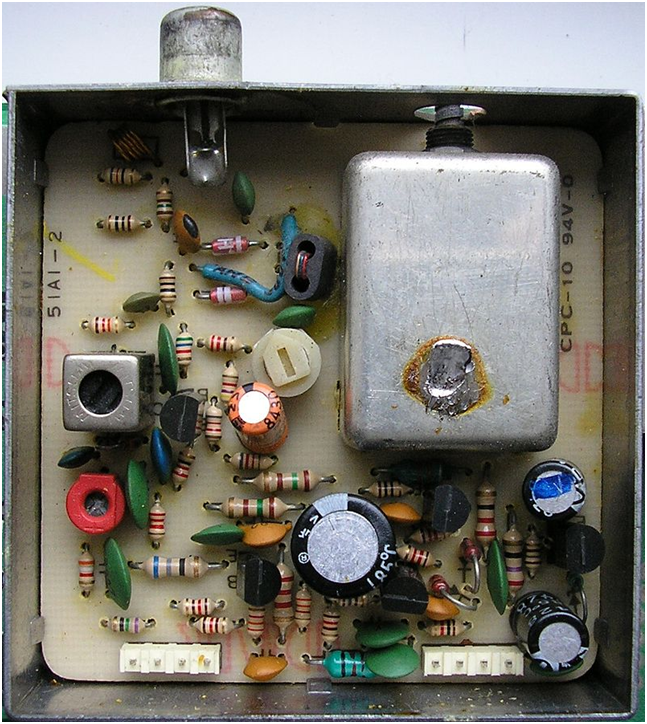Products Category
- FM Transmitter
- 0-50w 50w-1000w 2kw-10kw 10kw+
- TV Transmitter
- 0-50w 50-1kw 2kw-10kw
- FM Antenna
- TV Antenna
- Antenna Accessory
- Cable Connector Power Splitter Dummy Load
- RF Transistor
- Power Supply
- Audio Equipments
- DTV Front End Equipment
- Link System
- STL system Microwave Link system
- FM Radio
- Power Meter
- Other Products
- Special for Coronavirus
Products Tags
Fmuser Sites
- es.fmuser.net
- it.fmuser.net
- fr.fmuser.net
- de.fmuser.net
- af.fmuser.net ->Afrikaans
- sq.fmuser.net ->Albanian
- ar.fmuser.net ->Arabic
- hy.fmuser.net ->Armenian
- az.fmuser.net ->Azerbaijani
- eu.fmuser.net ->Basque
- be.fmuser.net ->Belarusian
- bg.fmuser.net ->Bulgarian
- ca.fmuser.net ->Catalan
- zh-CN.fmuser.net ->Chinese (Simplified)
- zh-TW.fmuser.net ->Chinese (Traditional)
- hr.fmuser.net ->Croatian
- cs.fmuser.net ->Czech
- da.fmuser.net ->Danish
- nl.fmuser.net ->Dutch
- et.fmuser.net ->Estonian
- tl.fmuser.net ->Filipino
- fi.fmuser.net ->Finnish
- fr.fmuser.net ->French
- gl.fmuser.net ->Galician
- ka.fmuser.net ->Georgian
- de.fmuser.net ->German
- el.fmuser.net ->Greek
- ht.fmuser.net ->Haitian Creole
- iw.fmuser.net ->Hebrew
- hi.fmuser.net ->Hindi
- hu.fmuser.net ->Hungarian
- is.fmuser.net ->Icelandic
- id.fmuser.net ->Indonesian
- ga.fmuser.net ->Irish
- it.fmuser.net ->Italian
- ja.fmuser.net ->Japanese
- ko.fmuser.net ->Korean
- lv.fmuser.net ->Latvian
- lt.fmuser.net ->Lithuanian
- mk.fmuser.net ->Macedonian
- ms.fmuser.net ->Malay
- mt.fmuser.net ->Maltese
- no.fmuser.net ->Norwegian
- fa.fmuser.net ->Persian
- pl.fmuser.net ->Polish
- pt.fmuser.net ->Portuguese
- ro.fmuser.net ->Romanian
- ru.fmuser.net ->Russian
- sr.fmuser.net ->Serbian
- sk.fmuser.net ->Slovak
- sl.fmuser.net ->Slovenian
- es.fmuser.net ->Spanish
- sw.fmuser.net ->Swahili
- sv.fmuser.net ->Swedish
- th.fmuser.net ->Thai
- tr.fmuser.net ->Turkish
- uk.fmuser.net ->Ukrainian
- ur.fmuser.net ->Urdu
- vi.fmuser.net ->Vietnamese
- cy.fmuser.net ->Welsh
- yi.fmuser.net ->Yiddish
What is RF modulator
RF modulators are used to convert signals from devices such as media players, VCRs and game consoles to a format that can be handled by a device designed to receive a modulated RF input, such as a radio or television receiver.
History
Prior to the introduction of specialised video connector standards such as SCART, TVs were designed to only accept signals through the aerial connector: signals originate at a TV station, are transmitted over the air, and are then received by an antenna and demodulated within the TV. When equipment was developed which could use a television receiver as its display device, such as VCRs, DVD players, and video game consoles, the signal was modulated and sent to the RF input connector.The aerial connector is standard on all TV sets, even very old ones. Since later television designs include composite, S-Video, and component video jacks, which skip the modulation and demodulation steps, modulators are no longer included as standard equipment, and RF modulators are now largely a third-party product, purchased primarily to run newer equipment such as DVD players with an old television set.
Technically, RF modulation usually means combining the data with a carrier wave at a standardized frequency. Either amplitude or frequency modulation may be used, as required by the receiving equipment.
In North America, RF modulators generally output on channel 3 or 4 (VHF), which may be selectable, although the Atari consoles offer channels 2 and 3. In Europe standard modulators usually used channel 36 (UHF) by default, but are usually tunable over part or all of the UHF band.
Modulating a TV signal with stereo sound is relatively complex; most low-cost home TV modulators produce a signal with monaural audio. Even some units that have two or more audio inputs simply combine the left and right audio channels into one mono audio signal. Some used on very early home computers had no sound capability at all. Most cheaper modulators (i.e. not intended for professional use) lack vestigal sideband filtering.
TV modulators generally feature analog passthrough, meaning that they take input both from the device and from the usual antenna input, and the antenna input "passes through" to the TV, with minor insertion loss due to the added device. In some cases the antenna input is always passed through, while in other cases the antenna input is turned off when the device is outputting a signal, and only the device signal is sent onward, to reduce interference.
RF modulators produce a relatively poor picture, as image quality is lost during both the modulation from the source device, and the demodulation in the television.
Uses
The motherboard of an early microcomputer, the Microtan 65, showing the silver-cased ASTEC 1111EM36 UHF TV modulator at top left.
RF modulator inside the Commodore 64 manufactured in 1984, PAL system
Integrated modulators
RF modulators are commonly integrated into VCRs, in video game consoles up to and including the fourth generation, and in 8- and 16-bit home computers.
Some systems were supplied with an external modulator unit that connected to both the system and to the antenna jacks of a television. One reason for this is that a device which outputs an RF signal must in general be certified by regulatory authorities—such as the U.S. Federal Communications Commission (FCC) — and thus by having an external RF modulator, only the modulator itself needed to be certified, rather than the entire video game system.
Cable TV Agile Modulator
RF modulators may also be used to take the audio and video signal from a PAL or NTSC composite video, RGB, YUV or other composite AV source, and generate a broadcast RF signal that can be fed into a television's aerial/coaxial connector.
Multi-channel RF modulators are commonly used in home audio/video distribution. These devices have multiple audio and video inputs and one RF output. Audio/video outputs from source devices such as a DVD player, VCR, or DSS receiver are connected to the audio/video inputs on the modulator. The modulator is then programmed to broadcast the signals on a certain frequency. That RF broadcast is then received by the connected TV. When the TV is tuned to the programmed channel, the video and audio signal of the source device is accessed. RF modulation can become difficult in a CATV system. High pass, low pass, and notch filters must be used to block certain frequencies, or channels, so that the modulator can broadcast the audio/video signal of the source device on that channel.
"Professional" modulators such as those used in the CATV industry generally include vestigial sideband filtering which is generally absent on "consumer" grade modulators.
Audio RF modulators are used in low-end car audio to add devices like CD changers without requiring dashboard hardware upgrades. For example, a portable CD player's headphone jack is connected to the modulator, which outputs a low-power FM radio signal that is played through the car radio. Car FM modulators suffer from loss of quality and interference issues. Later devices which would use these types of modulators would be iPods and similar portable media players.
RF "demodulators"
"Demodulator" is a special term used to allow RF signals to be encoded into composite video or S-Video. Some stand-alone de-modulators exist in the form of digital converter boxes, cable boxes, and even old VCRs themselves were capable of both "demodulating" analog TV channels to composite out as well as inputting composite to output on channel 3.
Recently, some RF demodulators that only input analog NTSC channel 3 to output to RCA composite have appeared on obscure online retailers.


RF modulator inside the Commodore 64 manufactured in 1984, PAL system





